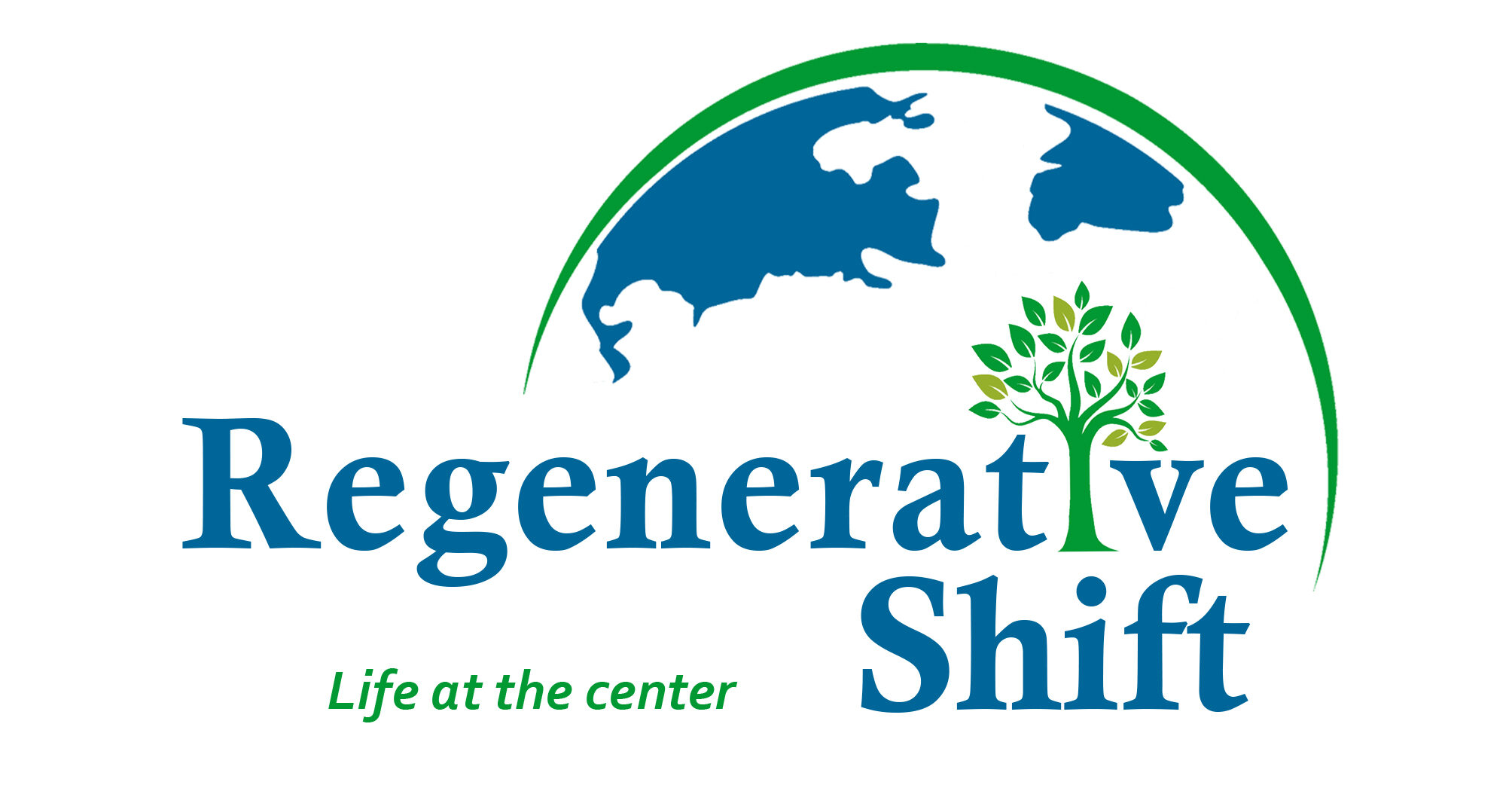
The Loess Plateau restoration in China is the largest scale regenerative land restoration project to date, restoring over 35,000 square kilometers (an area the size of Belgium) between 1995 and 2007. This land was barren for thousands of years prior to restoration, showing an incredible case example of the power of regenerative practices to restore degraded ecosystems.
What is Regeneration?
“Regeneration means putting life at the center of every action and decision. It’s an inclusive and effective strategy to end the climate crisis in one generation.”
Paul Hawken, Author of “Regeneration: Ending the climate crisis in one generation”
Until recently, almost all talk on regeneration focused on regenerative agriculture and land restoration projects. As the benefits of regeneration continue to be proven in larger studies, regeneration is becoming a movement that rethinks traditional communities, industries, and businesses through a lens of connection with nature and restoring life through our actions.
In contrast to traditional industrial agriculture, which uses fertilizers, pesticides, herbicides, and unsustainable irrigation to grow mostly monoculture crops, regenerative agriculture focuses first on soil health as the building block for a healthy food production system. Healthy soil grows healthy food, cleans water, provides habitat for wildlife, and pulls Co2 out of the atmosphere and turns it into organic carbon in the soil and plants.
Regenerative land restoration projects focus on capturing rainwater and storing it in the soil as the basis for restoring local ecosystems with world-changing potential! The Loess Plateau project, for example, restored 35,000 square kilometers (an area the size of the country of Belgium) from barren land to thriving farm and pasture in just a 12-year period using regenerative practices. Similar projects all over the world have shown that even in harshest environments (like Rwandan and Ethiopian deserts), regeneration can bring life back from the dead.
Regenerative buildings rethink the built environment, focusing on incorporating nature into design through integrated environmental design and biomimicry (learning and mimicking nature’s strategies to solve human design issues). Increasingly, communities and construction projects are looking at cutting-edge design solutions, like the Living Building Challenge, to create buildings that are a benefit to the surrounding environment.
Regenerative communities are also emerging around the world. They aim to support all life and human lifestyle in a way that creates health, happiness, and connection. These communities focus on local resiliency, habitat preservation, sustainable energy use, and connection with nature.
Regeneration puts life at the center of decision-making, which leads to projects, systems and communities that are more resilient and adapted to changing political and environmental challenges. As the movement grows, regeneration can be expanded to regional, national, and global levels, to help realize the more beautiful world that our hearts know is possible.
Want to discuss your regenerative shift? Let’s talk!
Why Regeneration?
Draw Down Carbon!
We have a carbon problem. Well, really, we have a pollution problem. Carbon itself isn’t bad… it is the building block of all life on earth. But, when we pollute carbon into the atmosphere heavily, it has consequences, including climate change. While stopping pollution and carbon emissions are critical, we also need solutions to drawdown the carbon that is already polluted.
Regenerative soil management can sequester massive amounts of carbon if scaled globally. According to at least one study, we could sequester 100% of our annual CO2 emissions if all global cropland and pasture were regenerative. Oversimplified, plants breathe in CO2, breathe out oxygen, and keep the carbon. The world’s soil holds triple the carbon that is in the atmosphere! By using regenerative practices to increase the carbon in the soil, we can drawdown the carbon in the atmosphere and mitigate climate change.
Build and Sustain Life!
When soil is healthy, it has more microorganisms in one handful than we have people on the planet. These small organisms are the foundation of the ecosystem and support all plant, insect, animal, and human life, along with making beautiful healthy soil. As we look for solutions to this great mass extinction, creating habitat through regenerative practices is one of the great opportunities before us!
Want to discuss your regenerative shift? Let’s talk!
Want to dive deeper? Resources/Education
